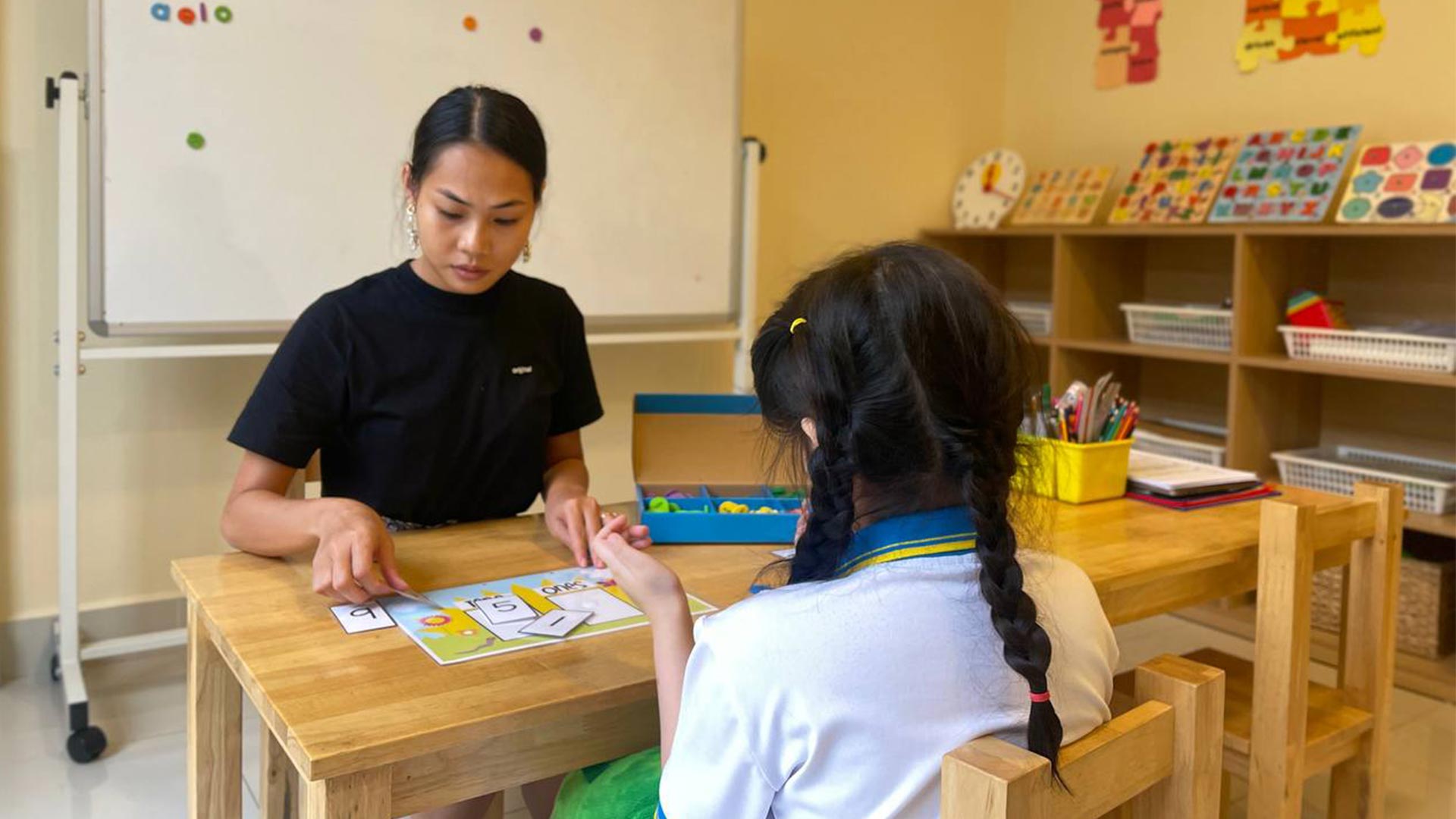Inclusive activities and lessons are those that are designed to meet the needs of all learners, regardless of their abilities, backgrounds, or learning styles. They are important because they help to create a classroom environment where everyone feels welcome and respected.
Inclusive activities and lessons can be implemented in a variety of ways. Here are a few tips:
- Provide multiple options for students to complete tasks. This could involve offering different ways to show their understanding of a concept, such as through writing, drawing, or creating a presentation.
- Use differentiated instruction. This means tailoring your instruction to meet the individual needs of each student. For example, you could provide more support to students who are struggling or offer more challenging tasks to students who are ahead.
- Create a supportive and inclusive classroom environment. This means setting clear expectations for behavior, modeling respectful behavior, and intervening early to prevent bullying and discrimination.
Inclusive activities
Here are a few examples of inclusive activities that you can use in your classroom:
- Getting to know you activities. These activities can help students to learn about each other’s backgrounds, interests, and abilities. Some examples include:
- Find someone who. Students walk around the room looking for someone who meets a certain criteria, such as someone who plays the piano or someone who has traveled to another country.
- Two truths and a lie. Students tell each other two truths and a lie, and the other students have to guess which one is the lie.
- All about me collage. Students create a collage that represents who they are and what they are interested in.
- Cooperative learning activities. These activities require students to work together to achieve a common goal. Some examples include:
- Jigsaw puzzles. Students are each given a piece of a jigsaw puzzle and have to work together to put it together.
- Problem-solving activities. Students work together to solve a problem, such as building a bridge out of toothpicks or designing a new product.
- Role-playing activities. Students take on different roles and act out a scenario, such as interviewing for a job or giving a presentation.
- Universal design for learning (UDL) activities. These activities are designed to be accessible to all learners, regardless of their abilities or learning styles. Some examples include:
- Providing multiple means of representation. This means presenting information in different ways, such as through text, images, and videos.
- Providing multiple means of engagement. This means providing students with different ways to interact with the material, such as through hands-on activities, games, and simulations.
- Providing multiple means of expression. This means providing students with different ways to show their understanding of the material, such as through writing, drawing, and creating presentations.
Inclusive lessons
Here are a few tips for creating inclusive lessons:
- Start by identifying the learning objectives. What do you want your students to be able to do by the end of the lesson? Once you know the learning objectives, you can start to think about how to design the lesson in a way that is accessible to all learners.
- Use a variety of teaching methods and resources. This will help to keep your students engaged and ensure that they are able to learn in the way that works best for them.
- Provide opportunities for students to work together. Cooperative learning activities can help students to learn from each other and develop important social skills.
- Differentiate instruction. This means tailoring your instruction to meet the individual needs of each student. For example, you could provide more support to students who are struggling or offer more challenging tasks to students who are ahead.
- Use assessment methods that are accessible to all learners. For example, you could offer students the option to take a test orally or to complete a project instead of a test.
Creating inclusive activities and lessons is important for all learners. It helps to create a classroom environment where everyone feels welcome and respected. There are many ways to implement inclusive activities and lessons, such as providing multiple options for students to complete tasks, using differentiated instruction, and creating a supportive and inclusive classroom environment.






Leave A Comment